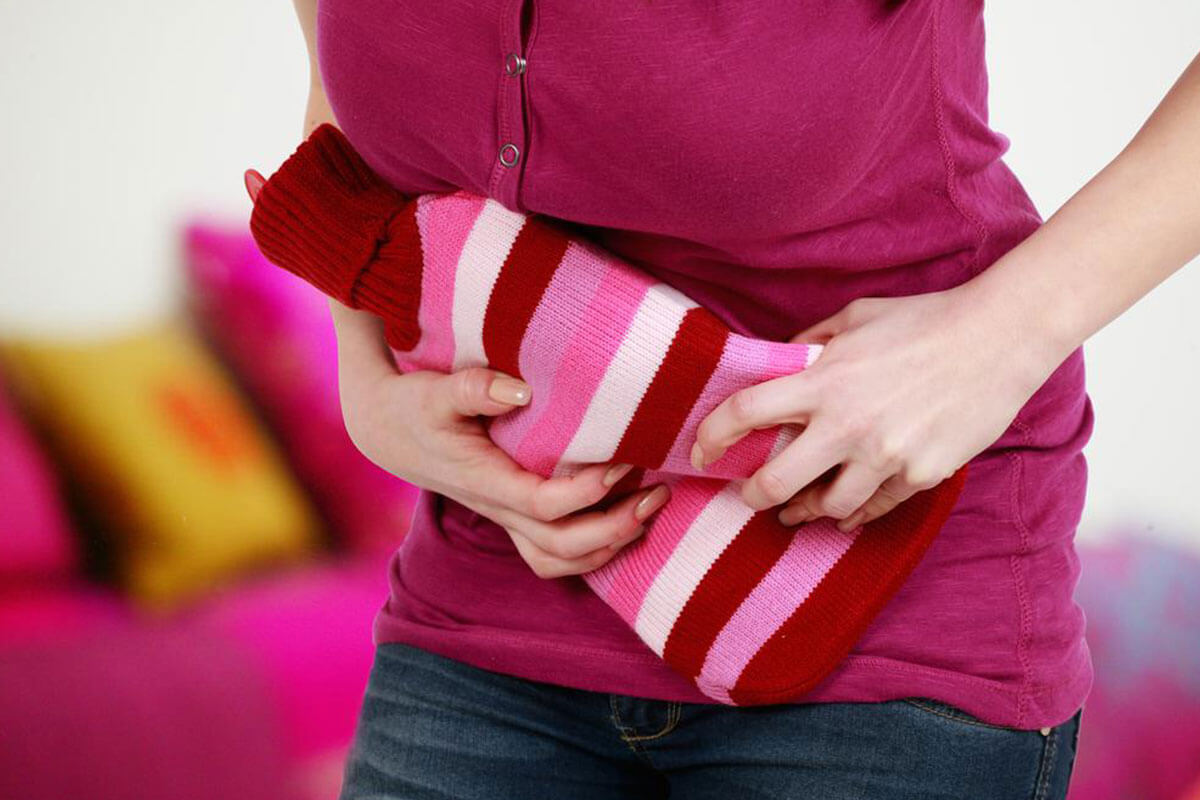Quick Tips to Treat Constipation

Constipation occurs because of the lack of water in one’s stool, which usually occurs when too much fluid gets absorbed into the intestines, making the stool dry. Constipation is the condition in which a person experiences fewer than three bowel movements in a given week. This diagnosis has been provided by the National Digestive Diseases Information Clearinghouse that is a part of the National Institutes of Health. Constipated stools are often hard, small and dry that makes the entire process unpleasant to endure.
Everybody has a different system; some people may go to pass stools multiple times a day while some may go only a couple of times every week. Treatment for constipation is seldom required unless the symptoms last for weeks. And it is possible to get relief from constipation by following some tips to treat constipation.
Tips to treat constipation
One of the popular tips to treat constipation is consuming fiber-rich foods. By including more fiber in the diet, it is possible to make the stools bulkier and softer, making it softer to pass through the tract. A gradual increase in the levels of fiber is recommended till the optimum level of 20 to 35 grams is achieved.
Some good sources of fiber include:
- Whole grains
- Bran
- Foods like brown rice, cereals, and fortified bread
- Fresh fruits, especially apples and bananas. Fruits with high water amounts like watermelon also work well
- Dried fruits like apricots, almonds, prunes, and raisins
- Vegetables like asparagus, brussels sprouts, and carrots
- Beans
It is also important to drink enough water to prevent constipation. One of the common tips to treat constipation is to remain active with general exercise and keep the bowel movement in motion.
The following foods must be avoided during constipation as they can make it worse.
- Foods that are low in fiber
- Foods that are high in fat
- Cheese
- Dairy products
- Processed foods
- Meats
A step-by-step approach is given in the following tips to treat constipation.
- Try the gentle exercise in the form of short, brisk walks that is increased to a time of 20 minutes gradually.
- Drink enough fluids like water, fresh juices, ginger water, cucumber water, etc. Make sure these non-caffeinated.
- Avoid alcohol and alcoholic beverages that increase dehydration.
- Ask a doctor to recommend the appropriate amount of fluid.
- In the daily diet, increase foods that contain fiber and eat more vegetables and fruits.
- Cereal for breakfast or a bran muffin works well.
- A mid-afternoon snack can include a piece of fruit.
- Establish a daily routine and focus on the bowel movements at an assigned time every day. This time should be stress-free, and you should not be in a hurry.
- When sitting on the toilet, support the feet with a small step stool to help flex the hips and place the pelvis in a squat position that eases the bowel movement.
If in spite of these measures, constipation does not go away, one can follow the methods and tips to treat constipation given below:
- Add processes or synthetic fiber like Perdiem, Citrucel or Metamucil to everyday diet
- Follow the directions for a rectal glycerin suppository.
- Try a laxative
Laxatives are of various types:
- Bulk-forming laxatives like Metamucil, Citrucel, and FiberCon can be taken every day, unlike other laxatives that need to be timed effectively. These supplements make the stool softer and bigger in size. Safe for regular use, bulk-forming laxatives can interfere with the body’s ability to absorb certain medicines. They may cause cramps, gas and bloating, so it is important to drink a lot of water while taking bulk laxatives.
- Saline laxatives like Haley’s M-O or Milk of Magnesia pull extra water into the stool.
- Lubricant laxatives like Zymenol and Fleet coat the stool to make it slippery, helping it pass more easily through the colon.
- Osmotic laxatives like Milk of Magnesia, or Miralax and Fleet Phospho-Soda along with non-absorbable sugars like sorbitol and lactulose help hold fluids in the intestine. They take fluids from other blood vessels as well as tissue and draw them into the intestine. The extra fluid makes it easier for the stool to pass since they become softer after this process. Again, plenty of water should be consumed while taking this laxative. These laxatives should further not be taken without a doctor’s consultation in the case of diabetics since they can cause electrolyte imbalances.
- Stimulant laxatives like Feen-a-Mint or Ex-Lax help speed up the movement of stool through the intestine and should be used sparingly. Stimulant laxatives, when overused, decrease the sensation and tone in the large intestine and cause dependence on using laxatives. Their regular use may further interfere with the body’s ability to absorb calcium and vitamin D which can weaken the bones. These should not be used for longer than two weeks without a doctor’s consultation.
- Stool softeners like Surfak and Colace make stools easier to pass by adding fluid to them. Stool softeners prevent the strain, which is experienced due to constipated bowel movements and are recommended by doctors if constipation occurs due to surgery or childbirth.
- Enemas are usually the last resort to treat constipation and require a doctor’s advice.
By following these tips to treat constipation, one can prevent constipation and lead a healthy life easily.


